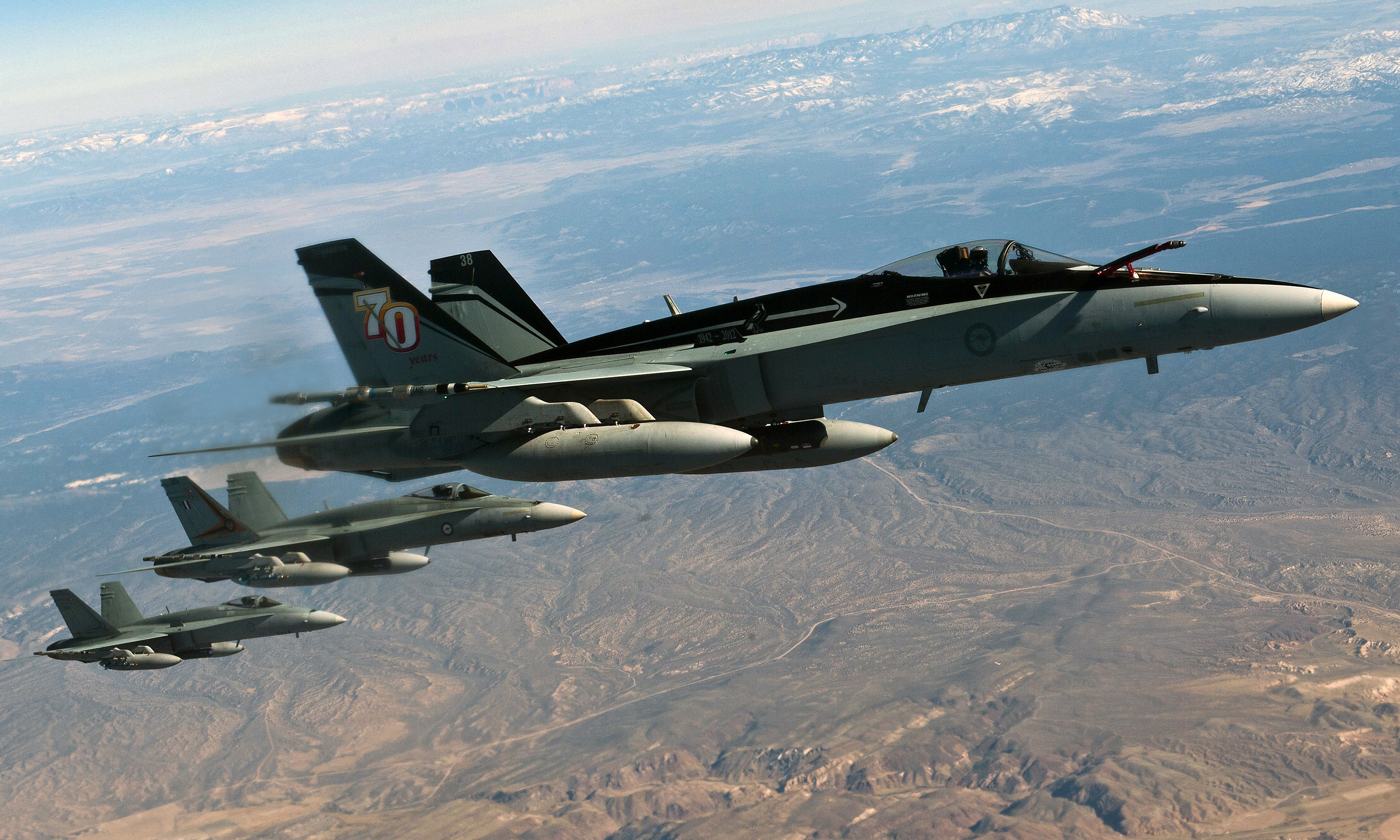Australia has granted Boeing a five-year contract extension worth A$600 million to support the Royal Australian Air Force’s (RAAF) F/A-18F Super Hornets and EA-18G Growlers.
The contract, set to run until 2030, was announced by the Minister for Defence Industry, Pat Conroy. This latest extension, the second of its kind, brings the overall value of the support contract to an impressive A$1.2 billion.
While specific details on the nature of the upgrades remain undisclosed, Conroy indicated that Boeing would be responsible for the “sustainment and upgrade” of both aircraft fleets.
Scott Carpendale, Vice President and Managing Director of Boeing Defence Australia, expressed enthusiasm for the extended partnership, stating, “This five-year contract extension is a testament to the strength of our partnership with the Commonwealth of Australia, Royal Australian Air Force (RAAF) and Australian industry in enhancing Australia’s air combat and electronic attack capability.”
Boeing said it has played a crucial role in assembling a top-tier team that enhances local capabilities by fostering greater industry participation in Australia.

Since initiating Super Hornet sustainment in 2010 and Growler sustainment in 2017, the company has been dedicated to meeting operational aircraft availability needs and implementing fleet upgrades.
“In a time of escalating global tensions, maintaining top-tier aircraft and a highly skilled local workforce is paramount,” said Pat Conroy, minister for defense industry for the Australian Government. “This contract extension fortifies our preparedness for any potential challenges.”
“A strong defence industry is also crucial to protecting Australians and their interests and contributing to regional stability. I commend Boeing Defence Australia and all Defence industry partners involved with maintaining and sustaining the Super Hornet and Growler fleets,” Conroy added.
The No. 1 Squadron of the Royal Australian Air Force (RAAF) oversees the operation of 24 F/A-18F Super Hornets. On the other hand, the No. 6 Squadron, stationed at RAAF Base Amberley, oversees the operations of the Growler fleet within the Royal Australian Air Force (RAAF).
This fleet, consisting of 12 EA-18G Growler aircraft, is equipped with the ALQ-99 Tactical Jamming System and the AGM-88 series of anti-radiation missiles, providing a robust Airborne Electronic Attack capability.
What Does The Upgrade Package Encompass?
Conroy’s and Boeing’s statements lack specific information about the nature of the upgrade work. However, during Australia’s Avalon Air Show in 2023, Boeing indicated ongoing discussions with Canberra regarding upgrading the Super Hornets to the Block III standard.
Block III upgrades, already implemented in the US Navy’s Super Hornet fleet, significantly enhance the aircraft’s data-handling capabilities, integrating it into a more significant “kill web” that involves multiple assets.
The Block III Super Hornets, designed for high-load, high-stress operations, boast a reasonable per-flying-hour cost and minimal support equipment requirements, all while maintaining high mission readiness, according to Boeing.
In contrast to the kaleidoscope of panels and gauges in the Block II cockpit, the Block III features a simplified Advanced Cockpit System with a primary (and customizable) 10.1-inch touch screen.
The streamlined cockpit, equipped with an integrated display, aims to facilitate rapid access to information for the pilot, offering an improved “view” of the battlespace.
Built with enhanced information collection and distribution capabilities, Block III incorporates the Tactical Targeting Network Technology (TTNT) data link to facilitate information sharing.
Block III boasts a 66% longer lifespan than Block II, with an expected endurance of 10,000 flight hours compared to Block II’s 6,000-hour rating.
Shifting focus to the Growler aircraft, the renewed contract sustains existing capabilities and paves the way for the anticipated enhancement of the EA-18Gs under Project AIR 5349 Phase 6 – Advanced Growler.
This upgrade encompasses the incorporation of the Next Generation Jammer (NGJ), ensuring the Air Force’s goal of achieving a fully capable and interoperable United States Navy (USN) common EA-18G. The enhancements will enable successful combined Airborne Electronic Attack (AEA) operations.
Overall, the enhancements encompass a range of critical elements, including the collaborative development of the Next-Generation Jammer system in partnership with the United States.
This joint effort aims to gradually replace the existing AN/ALQ-99 system, significantly advancing electronic warfare capabilities. Aircraft modifications are also integral to the upgrades, focusing on sensor enhancements to augment the aircraft’s overall functionality.
Additionally, the initiative involves replenishing the anti-radiation missile war stock and introducing longer-range and more sophisticated anti-radiation missiles to bolster Growler’s offensive capabilities.
- Contact the author at ashishmichel@gmail.com
- Follow EurAsian Times on Google News